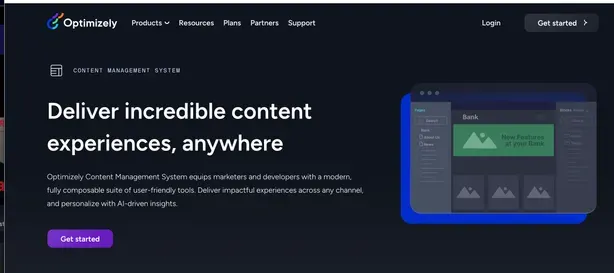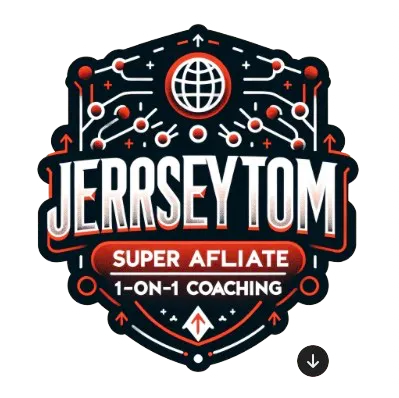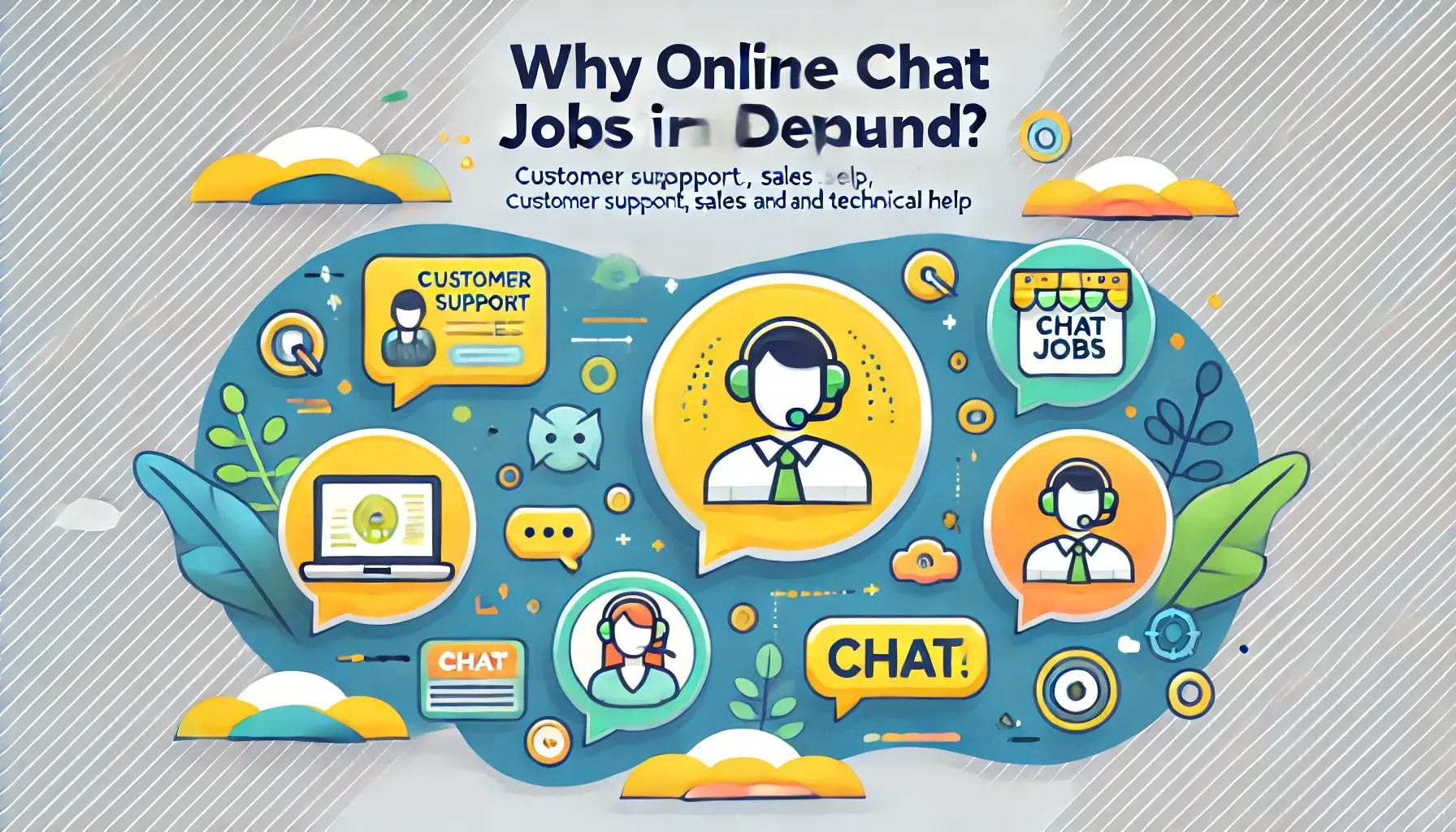How to Build a Profitable Affiliate Marketing Website from Scratch
Ready to turn your affiliate marketing dreams into a reality?

<iframe class="custom-embed-iframe" id="blot-custom-id---kHecc-X44" srcdoc="
<script async src="https://www.googletagmanager.com/gtag/js?id=G-0D5LX0FG72"></script>
<script>
window.dataLayer = window.dataLayer || [];
function gtag(){dataLayer.push(arguments);}
gtag('js', new Date());
gtag('config', 'G-0D5LX0FG72');
</script>" allowfullscreen="true" frameborder="0" width="100%" style="height: 237px;">
Building your own website is the key to establishing your online presence, attracting targeted traffic, and ultimately generating passive income. In this step-by-step guide, we'll walk you through creating a profitable affiliate marketing website from the ground up, even if you have zero technical experience.
Choosing Your Domain & Hosting:
- Domain Name: Your website's address (e.g., www.yourwebsite.com [invalid URL removed]). Tips for choosing a memorable, brandable domain that reflects your niche.
- Web Hosting: Where your website's files live online. We'll compare shared hosting, VPS hosting, and dedicated servers, helping you find the right fit for your budget and needs.
- Key Considerations: Site speed, uptime, security, customer support, and scalability.
Selecting a CMS (Content Management System):

- What is a CMS? Explanation of how a CMS simplifies website creation and management.
- Popular Options:
- WordPress: Pros and cons, best for flexibility and customization.
- Wix: Pros and cons, best for beginners who want an all-in-one solution.
- Shopify: Pros and cons, best for e-commerce affiliate marketing.
- Making the Right Choice: Factors to consider based on your skill level, budget, and website goals.
Designing Your Website:
- User Experience (UX): Why it matters and how to create a seamless browsing experience.
- Visual Appeal: Tips for choosing colors, fonts, and images that align with your brand.
- Responsive Design: Ensuring your website looks great on all devices (desktop, tablet, mobile).
- Essential Pages: Homepage, About Us, Contact, Blog, and any product/service pages.
Creating High-Quality Content:
- Content Pillars: Identifying the core topics that will attract your target audience.
- Types of Content:
- Blog Posts: Informative articles, how-to guides, listicles, etc.
- Product Reviews: In-depth analysis of affiliate products, highlighting pros and cons.
- Comparison Guides: Helping readers choose between different options.
- Tutorials and Case Studies: Demonstrating value and building trust.
SEO Optimization:
- Keyword Research: Finding the terms your audience is searching for.
- On-Page SEO: Optimizing titles, meta descriptions, headers, and content.
- Technical SEO: Improving site speed, mobile-friendliness, and crawlability.
- Backlink Building: Acquiring links from other reputable websites to boost your authority.
Integrating Affiliate Links:
- Disclosure: Complying with legal requirements and building trust with your audience.
- Natural Placement: Weaving affiliate links into your content without being spammy.
- Call to Action: Encouraging clicks and conversions with persuasive language and buttons.
Tracking Your Performance:
- Google Analytics: Understanding your website traffic and user behavior.
- Affiliate Network Dashboards: Monitoring clicks, conversions, and earnings.
- A/B Testing: Experimenting with different elements to optimize your results.
Bonus Tips:
- Building an email list for ongoing engagement and promotion.
- Leveraging social media to drive traffic to your website.
- Staying updated with the latest affiliate marketing trends.
Ready to launch your affiliate marketing website? Share your progress, questions, or success stories in the comments below! We're here to support you on your journey to financial freedom.
SEO Optimization:
- Target Keywords: Profitable affiliate marketing website, build affiliate website, website from scratch
- Meta Description: Learn how to build a high-converting affiliate website that generates passive income. Step-by-step guide for beginners, no tech skills required.
- Internal/External Links: Linking to relevant resources and high-authority websites.
- Header Tags (H2, H3): Structuring the content for readability and SEO.
- Image Alt Text: Describing images for accessibility and search engines.




